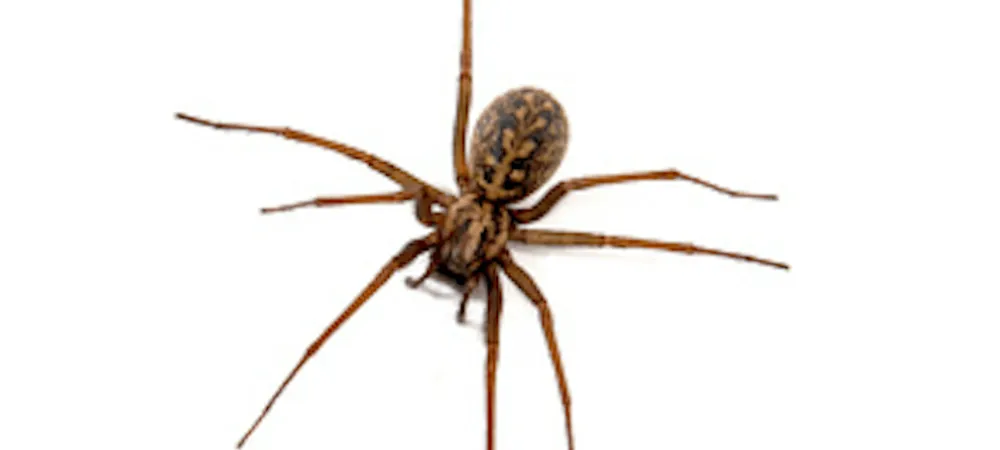8 Hobo Spider Facts

They are also known as tigenaria agrestis. They are believed that they originated in Britain and they were introduced in the United States in the 1920's by shipping. Hobo spiders are increasingly and widely spreading to the other parts of the world. This has lead to spread of many myths and opinion of hobo spiders some which are non-factual. We have therefore conducted research on characteristics and facts about hobo spiders so that everyone gets to identify them easily.
1. What Do Hobo Spiders Look Like?
Hobo spiders are brown in color. They have a length of between 10 and 14 millimeters. Male spiders are distinct from female ones in that they have a swollen appendage. Female spiders have abdomens which are relatively larger. Both male and female spiders have a dark line at the abdomens which can make someone to confuse them with brown recluse spiders.
2. The Behaviors of a Hobo Spider
Hobo spiders usually stay in isolation except when they want to mate. During the cold season, they migrate looking for warmer temperatures. They typically hide and therefore it is hard to see them, during cold season they will migrate to people’s houses in search of warmth and this is when people can see them. They do not see well, and therefore they often run on people, this does not mean that they are aggressive as most people think, but it can be that they are trying to get away.
3. What Do Hobo Spiders Eat?
Hobo spiders are known for making a funnel-like web with the ability to catch insects. They lie in their webs hiding and waiting for insects to come by. They eat house fries, cockroaches, ants and many other insects. They don’t climb to high heights, and therefore they are comfortable to eat whatever comes at ground level. When the insects land on their webs, it makes vibration which will alert the hobo spider. Hobo spider quickly attacks the insect as the web cannot hold the insect for a long time. They don’t have any other means of survival.
4. Where Do Hobo Spiders Live?
Hobo spiders live in dry and warm environments weaving their webs on any object near the ground. They mostly stay in open fields and rarely will they come inside houses. However, they stay near houses. This is because they fear competition from other spiders which live in the houses.
5. Where Hobo Spiders Mate?
While a hobo spider's web serves as a prey catching material, it also serves as a mating ground. Female Hobo spider lies on their webs the whole day waiting for the male spider to come. After mating the male spider will move on and die after a short time.
6. Are Hobo Spiders Aggressive and Poisonous?
It is believed that hobo spiders have venom which is not considered to be very harmful to the human body. It is known that more than 50% of their bites are dry and therefore they don’t have any consequences in the human body. However, when hobo spider bites you and venom enters your body, it will show red lesions something that looks like mosquito bites. The area then swells and can burst open within 24 hrs. In severe conditions, the person may feel nausea.
Hobo spiders are not aggressive, and they will never attack unless they are provoked. They usually attack as a protective measure. When they are on eggs, they are a bit aggressive. Since they live in dark places, humans trend on them without knowing that they are imposing threats.
7. How Many Legs Do Hobo Spiders Have?
Hobo spiders have eight legs just like any other spider. Their legs are distinct from others since they are protruding outwards while curving upwards at a knee joint.
8. How Big Are Hobo Spiders?
Hobo spiders have 40-50 mm in diameter. Body size ranges from 10 to 14 millimeters, and female spiders are larger than male ones.
How to Control Hobo Spiders Using Our Pest Control Company
Good housekeeping and making sure that hobo spiders do not have anywhere they can set their webs is a good method of their control. But this method does not bear long-lasting fruits, and therefore it is advisable to contact a professional pest controlling company to help you eradicate them.
Professional pest controlling company use pre-baited traps to catch them. Pesticides have proved that they are unable to control them and your best bet is a professional pest control company.
